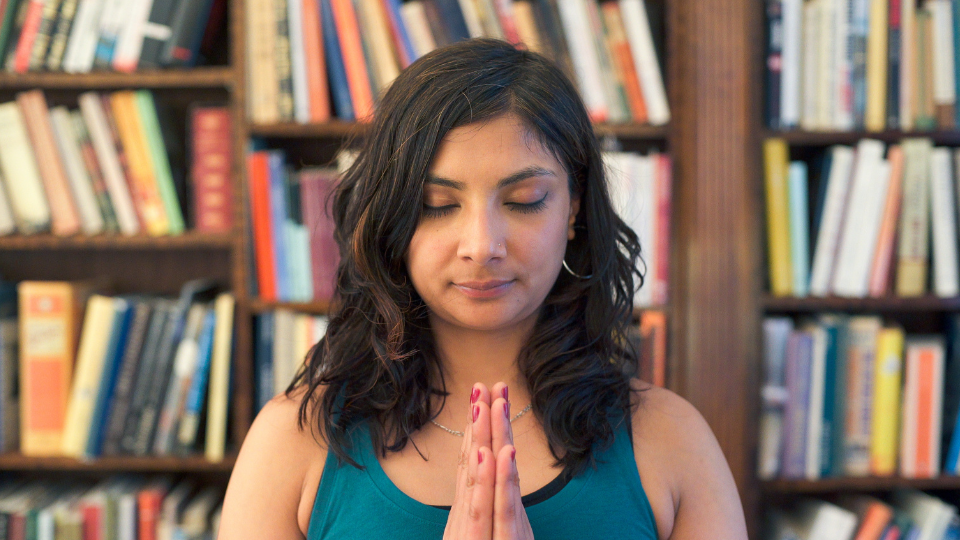
WHEN WE ARE FOCUSED AND ABLE TO CONCENTRATE, WE ACT WITH GREATER INTENTION AND ENGAGEMENT IN OUR LIVES. HELEN KRAG EXPLORES YOGA FOR CONCENTRATION.
In the past week I have jammed my husband’s beloved coffee machine, misplaced my credit card and failed to respond to an essential email which had disastrous consequences (my telephone and broadband service was cut off!). Each of these unfortunate events happened because I was not fully focussed on the task in hand!
I know I am not alone. There are, inevitably, times in our lives when it is hard to focus. Perhaps we are not able to give something the attention it requires, or maybe we feel distracted or skittish. We may experience it as a detachment from our lives and people around us. It can affect our ability to get things done.
Links between yoga and our brain have been the basis for numerous scientific studies. A 2019 review published in Brain Plasticity looked at 11 studies examining the effects of yoga practice on brain structures, brain function and cerebral blood flow. It concluded that yoga practice appears to impact positively on the structure and function of key areas of the brain, which is good news for our ability to focus and concentrate.
“True concentration is an unbroken thread of awareness.”
B.K.S. Iyengar
Iyengar likens concentration to awareness. This ‘unbroken thread of awareness’ can lead to a greater ability to pay attention, be present and engage with the world in a meaningful way.
When we focus and concentrate, life is more fulfilling!
YOGA FOR CONCENTRATION: ANCIENT WISDOM
Ancient yogis were preoccupied with concentration and focus. The Yoga Sutras, thought to have been compiled some 1600 years ago, are attributed to the sage Patanjali. The over-arching theme of the Sutras is the cultivation of one-pointed focus to discern the difference between thought and consciousness.
Patanjali is associated with developing the ‘Eight Limbs of Yoga’ which map out a pathway leading to the outcome of Samadhi, or enlightenment. The sixth limb is Dharana, a Sanskrit word which translates as ‘concentration’ or ‘complete attention’.

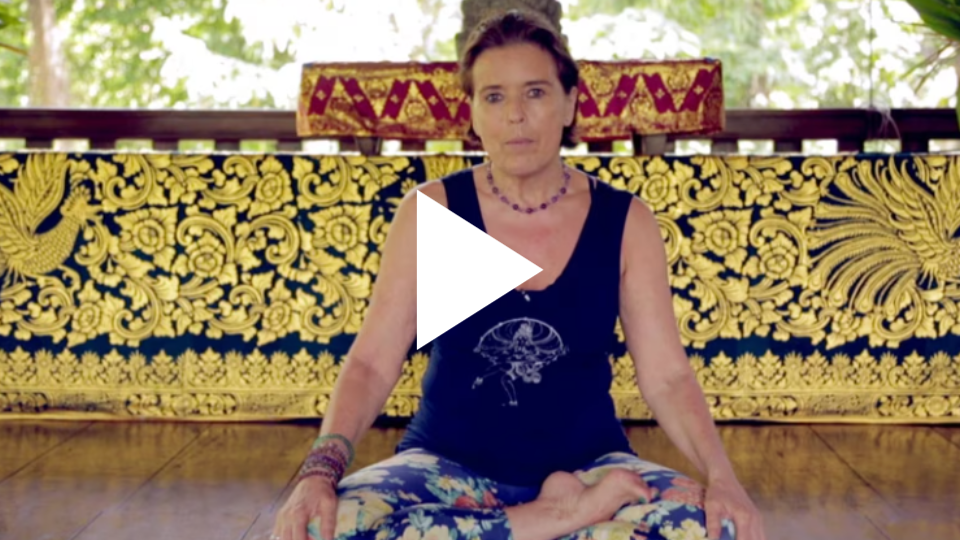
YOGA FOR CONCENTRATION IN THE MODERN DAY
Patanjali’s texts, and indeed the Eight Limbs, were captured at a time when yogis would remove themselves from day-to-day life (world renunciation) to practice. Furthermore, the only posture presented in the Yoga Sutras was that of sitting to meditate. So, both the context and outcomes were very different from yoga today.
Modern day yoga for concentration commonly involves combining asana, yoga postures, with:
- The practice of mindfulness, paying attention to the breath and sensations in the body.
- Controlling the breath through pranayama.
- Meditation that focuses our attention onto the breath, a mantra or perhaps a visualisation.
These combinations can provide a powerful approach to enhance focus and mental clarity.
YOGA FOR CONCENTRATION: ASANA
Many yoga asanas (postures) are widely believed to develop concentration. It is helpful to focus on a drishti (gazing point). When the gaze is fixed on a single point, awareness is directed inwards and we are less distracted by external stimuli. Our mind can focus and move into a deeper state of concentration.
This Balancing and Brightening Vinyasa with Vanessa Michielon is a fun, creative and playful flow featuring the following balance poses:
- Virabhadrasana III (Warrior III Pose)
- Vrksasana (Tree Pose)
- Ardha Chandrasana (Half Moon Pose)
- Bakasana (Crow Pose)
The sequence will help to cultivate focus, concentration… and of course, balance.
Remember your drishti!
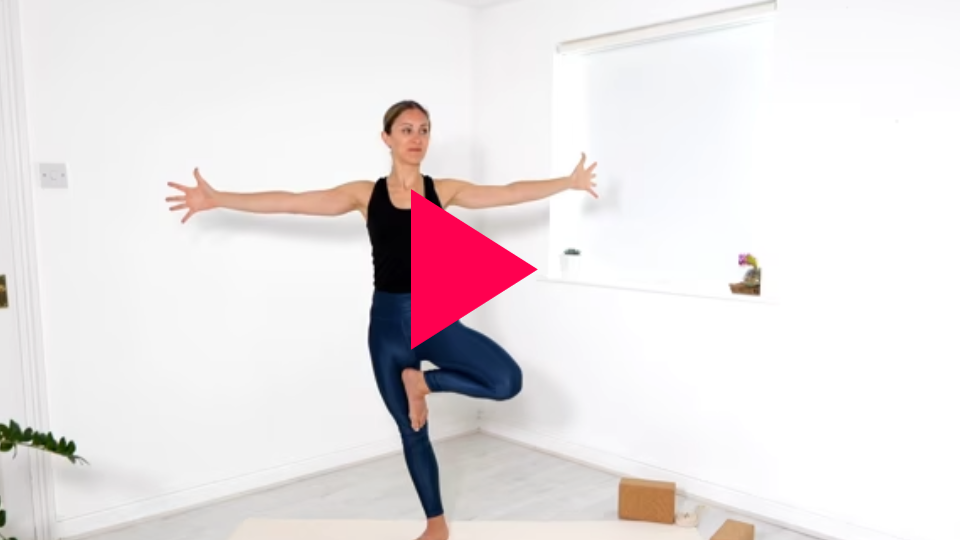
MINDFULNESS for concentration
It can be all too easy to rush through our yoga practice (and our day!) oblivious to what is going on around us and within. A mindful approach encourages us to pay attention. To engage consciously rather than be governed by ‘autopilot’. Unconscious thoughts and processes (for example breathing and digestion) keep our bodies working effectively. But when we allow ourselves to ‘unconsciously’ stumble from scenario to scenario, task to task, we often fail to notice the impact on ourselves or others.
Being mindful enough to engage conscious thought comes with practice. When we take the trouble to really notice what is happening within and around us, our concentration and focus both improve.
Want to get back in touch with your body when you are practising yoga asana? Dan Peppiatt talks here about mental aspects of yoga and his ‘MAP’ – the Mental, Alignment and Physical aspects.
Explore the Mental Aspects of Strength and Flexibility in this 18-minute practice with Dan.
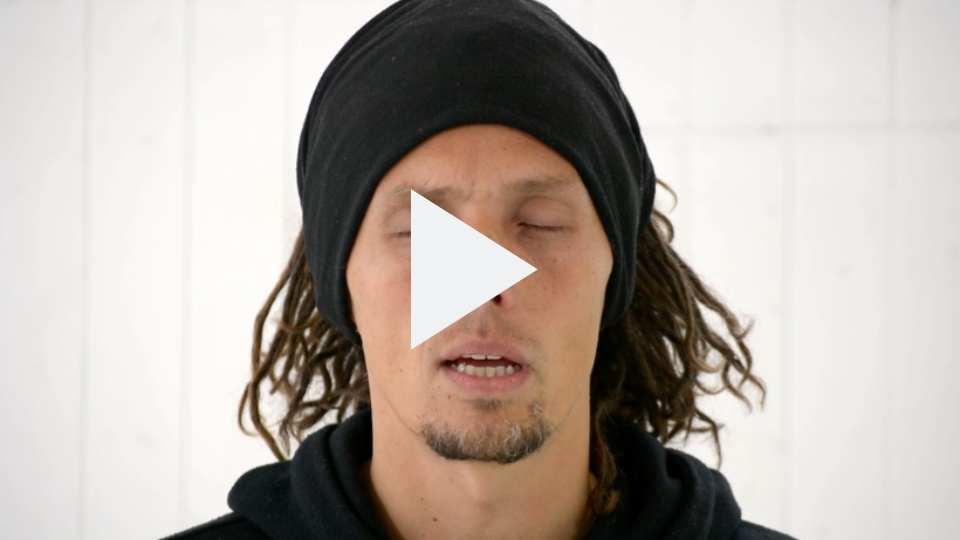
Mindfulness to Go is a short practice with Clive Fogelman designed for when we’re out and about. Use it to feel grounded and focus on the present moment.
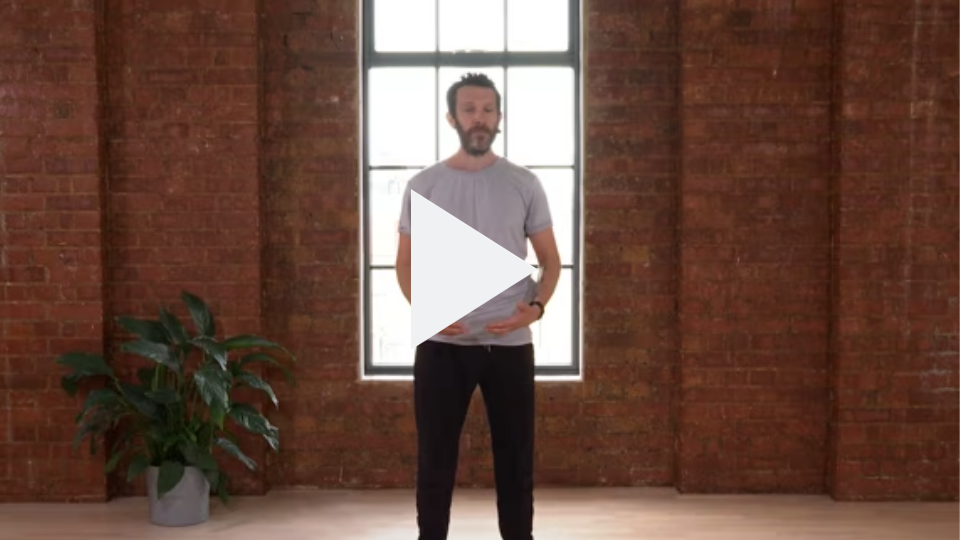
PRANAYAMA for Concentration
Working consciously with the breath is fundamental in yogic traditions. Pranayama is a means of using the breath to extend and expand our life-force energy. When we focus on our breathing, we are able to direct our attention and let go of distractions.
Whilst there are over a dozen different formal pranayamas, these two are particularly good for developing concentration:
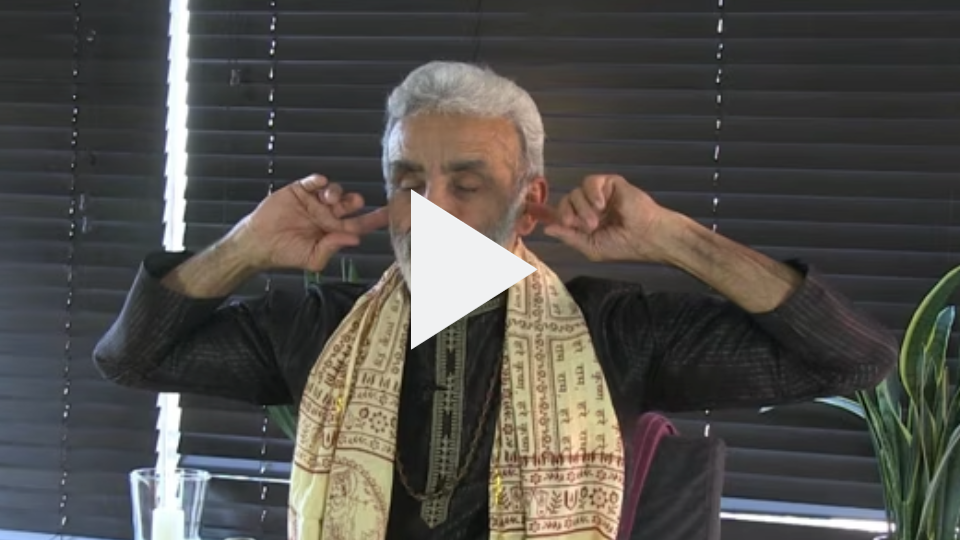
This Bhramari Pranayama – Humming Bee Breath with Sri Dharma Mittra is a handy one to do before a class to improve concentration.
Alternate Nostril Breathing, or Nadi Shodana with Sri Dharma Mittra will help promote equilibrium between the two sides of the brain.
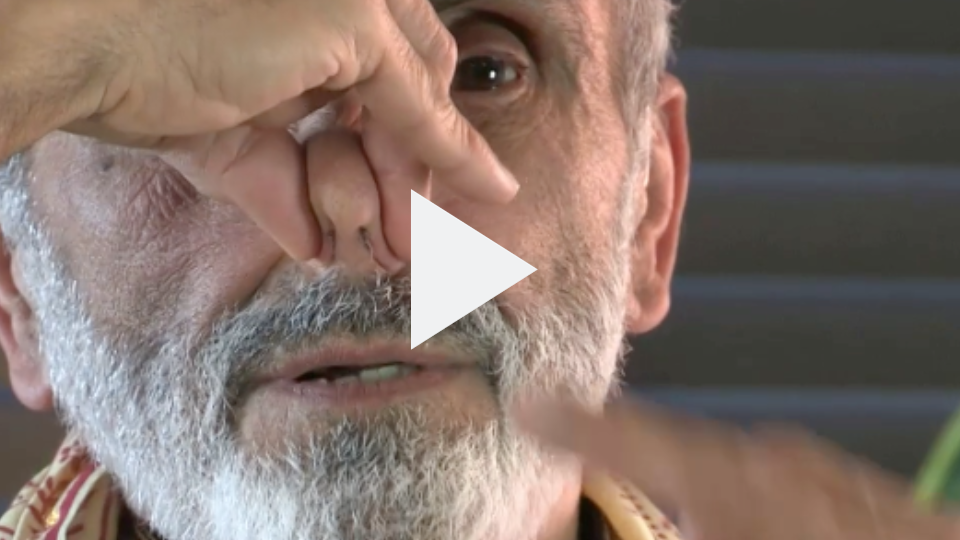
MEDITATION for concentration
Meditation typically refers to a formal seated practice and involves directing concentration and awareness toward the breath, or a single point of focus. There are many different types of meditation techniques, including guided meditation, mantra-based and visualisation.
Meditation can be as simple as sitting quietly in a comfortable position with the spine long, closing the eyes and paying attention to the inhalation and exhalation of the breath.
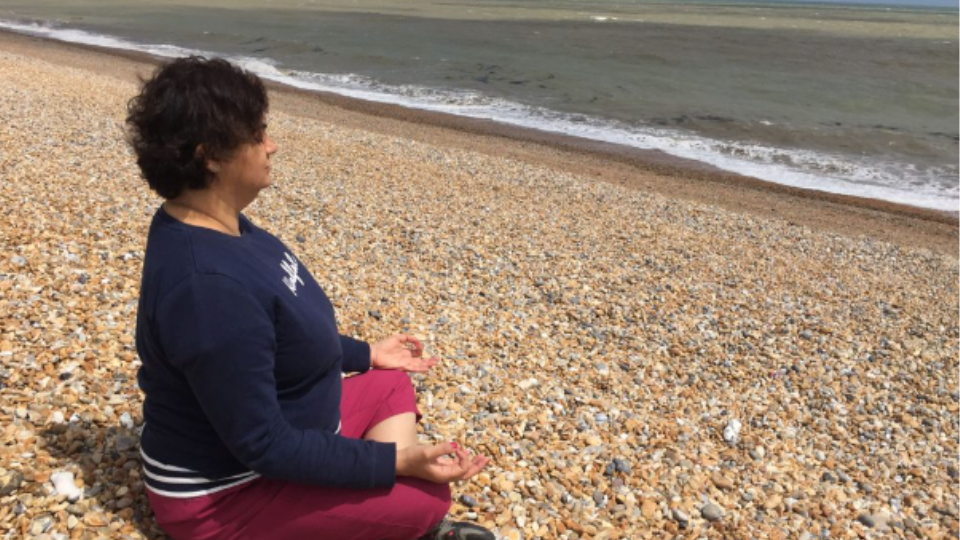
Read more about Daily Meditation – How to Build the Habit. Indeed, a habitual practice is what will enable us to let go of mental distractions and find stability in the mind.
This accessible Introduction to Meditation course with Nikita Akilapa shows us how to focus and concentrate on the breath whilst resisting the temptation to engage with thoughts and distractions.
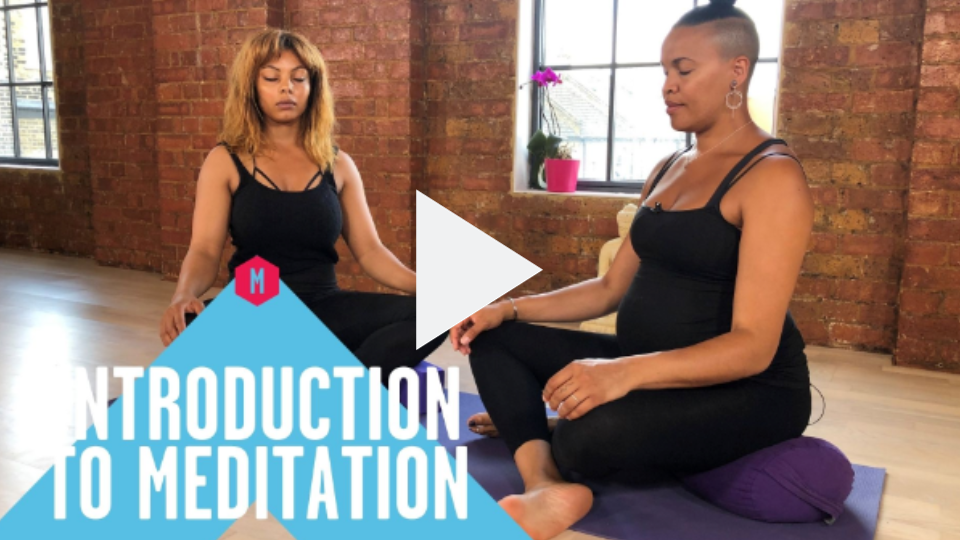
CLASSES
The classes that follow are designed to develop focus, concentration and clarity. They feature a combination of yoga disciplines and also qigong.
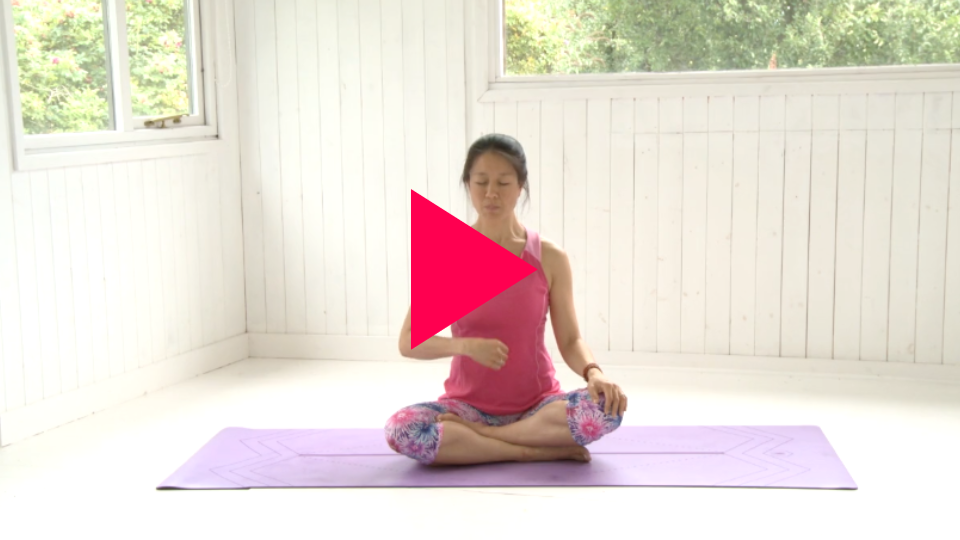
Take 20 minutes between work or studies to get out of your head and bring mental focus and concentration back into the body. Take a Break: Yoga & Qigong Part 2: Focus and Clarity with Mimi Kuo-Deemer.
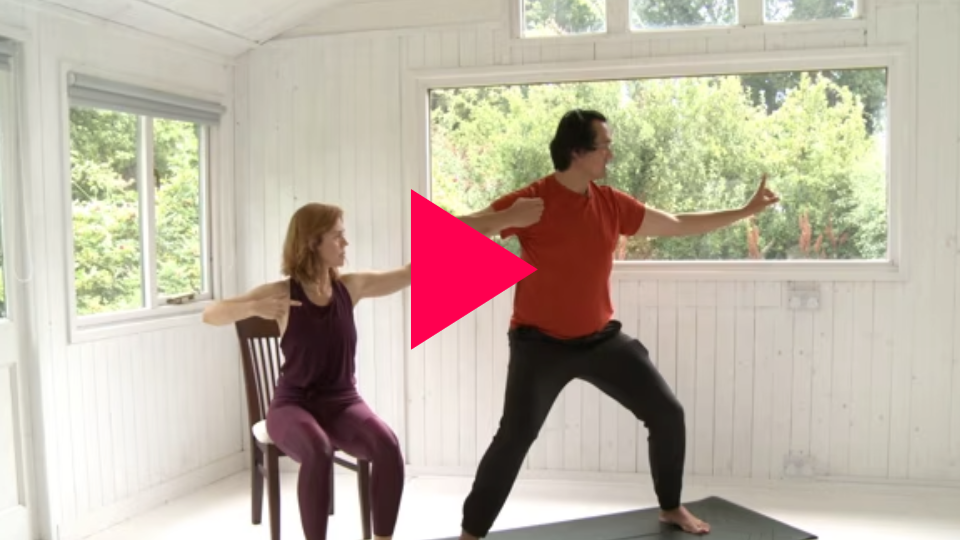
Increase your capacity to concentrate and sharpen your focus with this yoga/qigong fusion class, Focus the Mind, with Joo Teoh.
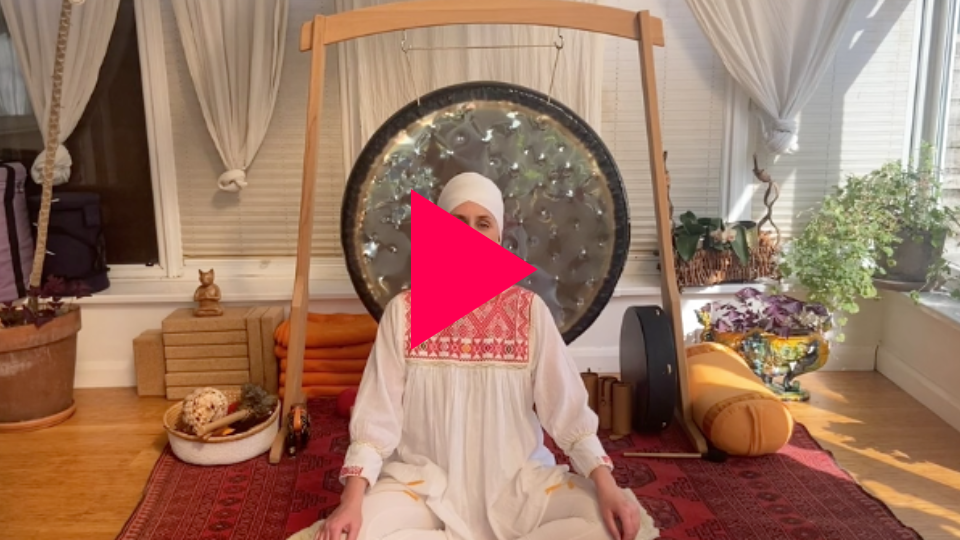
Building Focus with Kiranjot incorporates asana, pranayama and meditation, as well as music mantra and drumming. It will leave you feeling gently energised with a sense of clarity.
CONCLUDING THOUGHTS
Unconscious thinking and actions are essential to get us through the day. However, when we want to concentrate, we need to override ‘autopilot’ and engage at a conscious level.
The yoga for concentration practices and disciplines outlined here can help us become more attentive and increase our focus. The benefits? Beyond improving our cognitive function, we may also find ourselves achieving greater awareness and fulfilment in our lives.
That’s got to be worth some focused effort!

Author: Helen Krag. Helen is a health and wellness enthusiast; observer of human behavioural change; yoga teacher trainee; passionate traveller; and lover of the outdoors.





The more we engage in mindfulness and concentration exercises, the more we can train our brains to stay present, reducing distractions and enhancing our daily lives. It’s a perfect way to combat those moments of detachment and regain focus!
So relatable